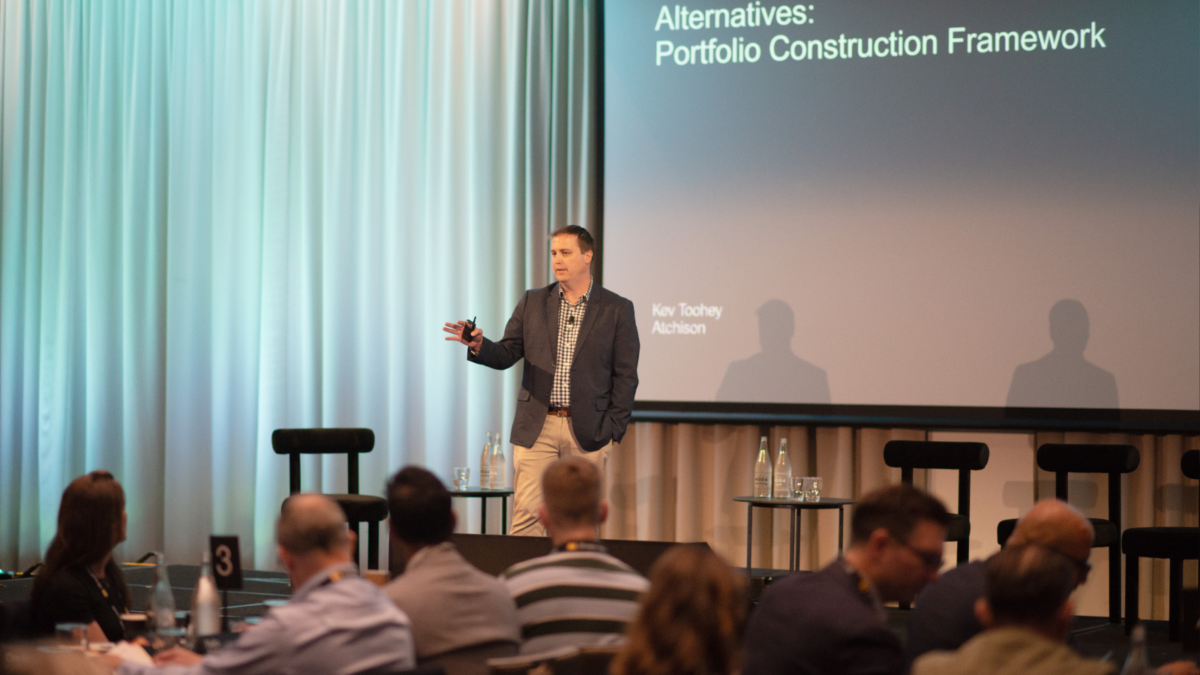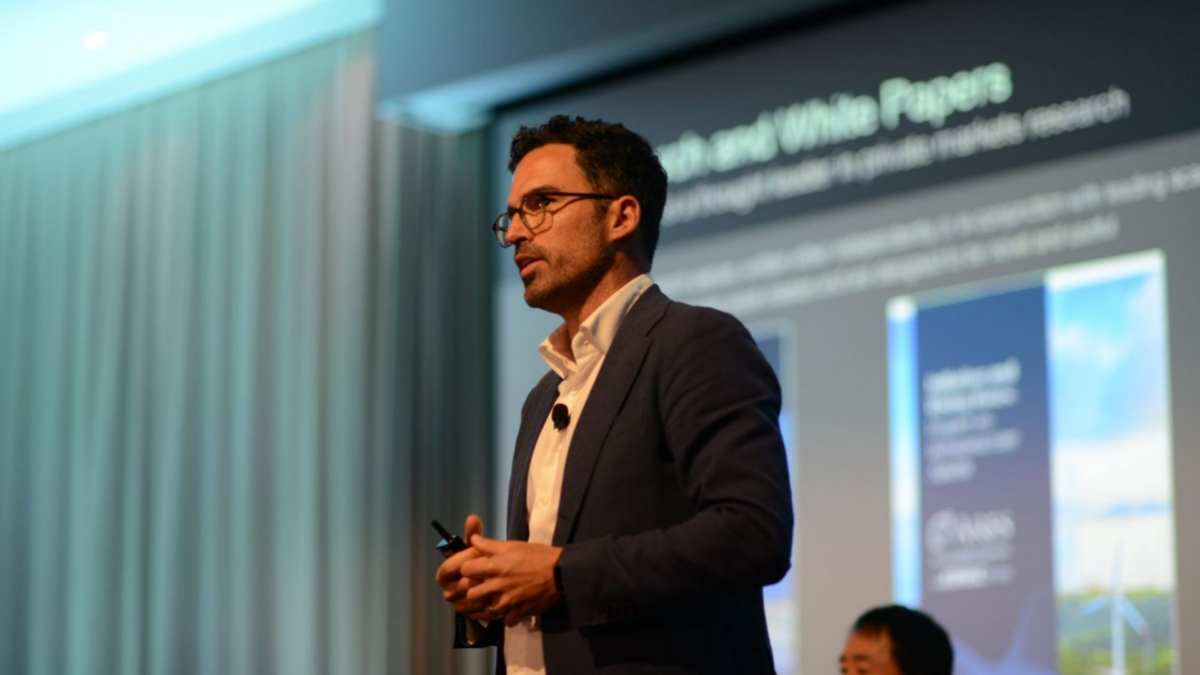Six must-make changes for 2021
The time seems right to review my investment strategy calls of 2020 and put forward some ideas on the most important action to take before the year comes to a close. In general, the big calls have delivered, particularly the decision to hedge any overseas exposure, with the AUD staging a remarkable rally on the back of huge demand for our iron ore exports. A quick summary of the June ideas follows:
- Hedge currency back to AUD – Positive, AUD moved from US$0.68 to US$0.74
- Sell retail exposures – Negative, e-commerce boosted the sector beyond weakness of traditional retailers
- Active over passive – Positive, indices have been caught between surging ‘value’ and weaker ‘growth’ stocks, high-conviction options deliver solid returns
- Reduce duration – Positive, 10-year Australian Government bond moved from 0.75% to 1.06%;
- Go global – Positive, despite a strong performance the S&P/ASX 200 (+14%) lagged the S&P 500 (20%), Nasdaq (24%), and even the Dow (17%).
Looking forward to 2021, the outlook is far more difficult and less certain (yes, I can use that term now) than it was at the height of the pandemic in April. As highlighted in this outlook article, the economy is exhibiting both early and late-stage features at this point in time.
Once again, my first call centres around currency, where uncertainty abounds. The US dollar has experienced one of the heaviest devaluations in recent history, as capital flows seem to flood into China and Australia. After reaching a low of 53 US cents in March, the AUD is now some 40% higher at 74.5 cents. This has traditionally been an incredibly tough time to make a call, as the currency is ahead of the long-term average (around 65 US cents) but facing some strong positive momentum. In my view, uncertainty reigns, and the incredible run in the iron ore price (despite Chinese pressure on a broad range of Australian exports) is likely to slow at some stage resulting in a devaluation of the AUD. Given the uncertainty, a 50/50 hedging approach seems most appropriate.
In 2021 I’m increasingly wary of initial public offerings (IPOs) coming to market after what has been a stampede to end the calendar year. There has been a clear reduction in quality and simultaneous increase in both volume and valuation that should be raising concern for investors. There are some high-quality businesses coming to market, the issue seems to be that the majority are riding the ‘digitisation’ wave, but in the small pond of Australia. This leads to my next call, which is to invest in Australia for ‘value’ and overseas for ‘growth.’
The smaller Australian companies sector is renowned for trading at loftier valuations than what many would consider higher-quality global smaller companies. The reason is almost solely due to the lack of growth in our large-cap, asset-heavy names. It’s time to see the Australian market for what it is, the home of monopolistic, old-fashioned businesses but very few global leaders. The most powerful trends occurring across the world – ranging from automation, electric vehicles, renewable energy, genomics – are almost non-investable in Australia, so the only option is to head overseas.
The extension of this is my next call, being to avoid yesterday’s winners and start focusing on the future. Online sales may have shown incredible growth rates during the pandemic, up 300% in some cases, but is this truly sustainable? And what percentage of total sales does it actually reflect? For many Australian businesses, online sales remain less than 10% of the total despite years of opportunity to expand this market. We all know that over-valuations will occur in the short-term as exuberance, FOMO and momentum get ahead of us; but this can be just as relevant for beaten-down cyclical companies like airlines. The time is right to buy some previously challenged cyclical companies, but investors need to focus on quality more than ever. Quality comes in the form of companies making good rather than questionable acquisitions, consistent profit and cash flow numbers, not ‘adjusted earnings’ and a generally positive backdrop for their area of expertise.
On the never-ending search for income, I’m suggesting a focus on asset-backed investments, like corporate bonds, credit and some listed companies. If there is one thing we will remember from 2020, it is how quickly dividends will disappear during a time of crisis. In this environment, investors should be looking for certainty in their income sources, something only really available through debt and credit. These asset classes generally offer floating rather than fixed-rate interest payments and can be secured by assets, rather than completely unsecured. The drawback of course is the lower level of income compared to traditional sources, reinforcing the need to seek growth elsewhere in your portfolio.
My final call is to go long in Asia. Many experts have flagged emerging markets as the best region for 2021 and beyond: I’m more specific, just buy Asia. But don’t buy it through Australian companies, as evidenced by Treasury Wine Estates’ (ASX: TWE) devastating week. It’s time to invest directly into Chinese, Asian, Korean, and other South-East Asian companies that will be the key driver of the global economy for decades to come. An investment in the region is driven by the massive growth rates dragging anything from credit cards to insurance, grocery deliver, and luxury hotels. The Chinese government has flagged its ‘dual circulation’ policy, which includes a focus on self-sufficiency, so better late than never to get involved.











